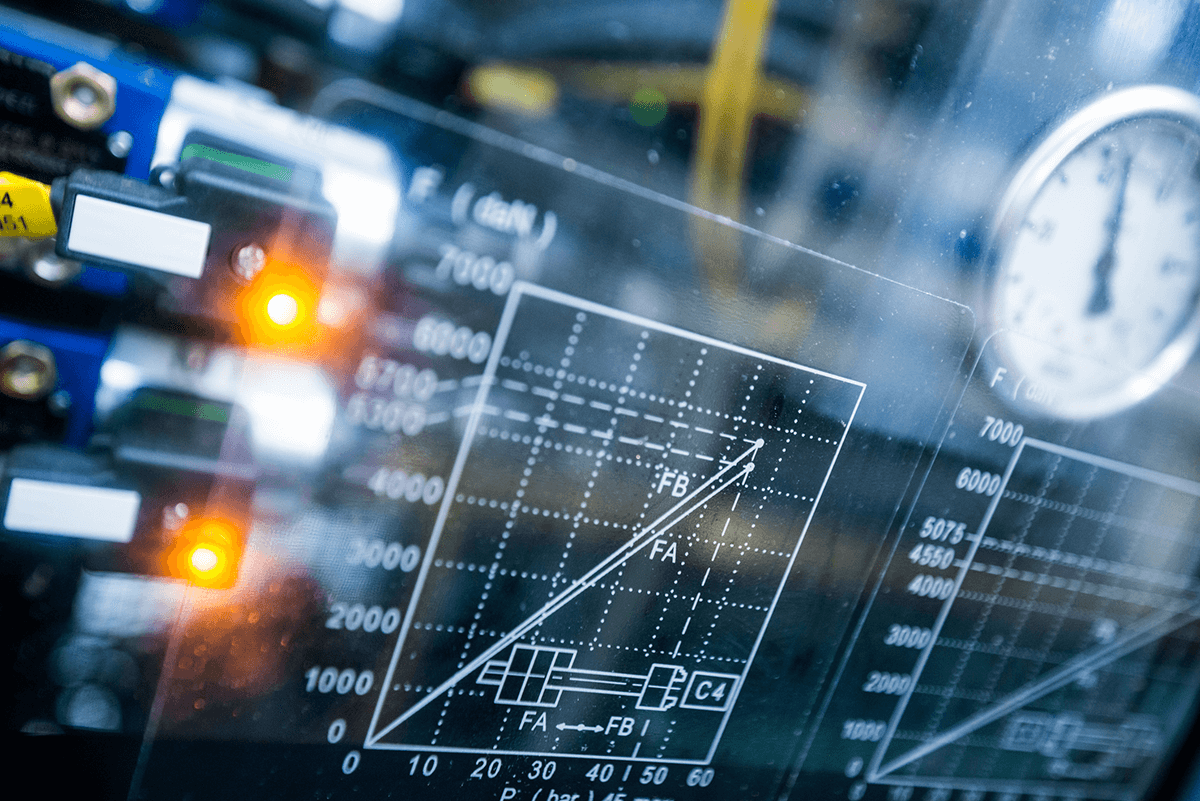Seven30
New Member
Looking for a 100am 24-24 boost/buck charger to solve a design problem. Ive found a Victron unit but its really designed for the smart alternator systems.
Anyone know of some hi amperage alternatives?
This bus has an oil cooled 250 amp alternator designed to run cntinuously at rated output during idle.
There are external programmible regulators for this alternator that support lifepo charge profiles so to leverage the alternator to the fullest I want to directly charge the lifepo bank. The lifepo bank consists of 16 280ah cells 2p8s configuration and should be able to safely consume alternator output so the issue is how to support the 100amp vehicle/chassis loads the AC system being the big consumer.
Anyone know of some hi amperage alternatives?
This bus has an oil cooled 250 amp alternator designed to run cntinuously at rated output during idle.
There are external programmible regulators for this alternator that support lifepo charge profiles so to leverage the alternator to the fullest I want to directly charge the lifepo bank. The lifepo bank consists of 16 280ah cells 2p8s configuration and should be able to safely consume alternator output so the issue is how to support the 100amp vehicle/chassis loads the AC system being the big consumer.







